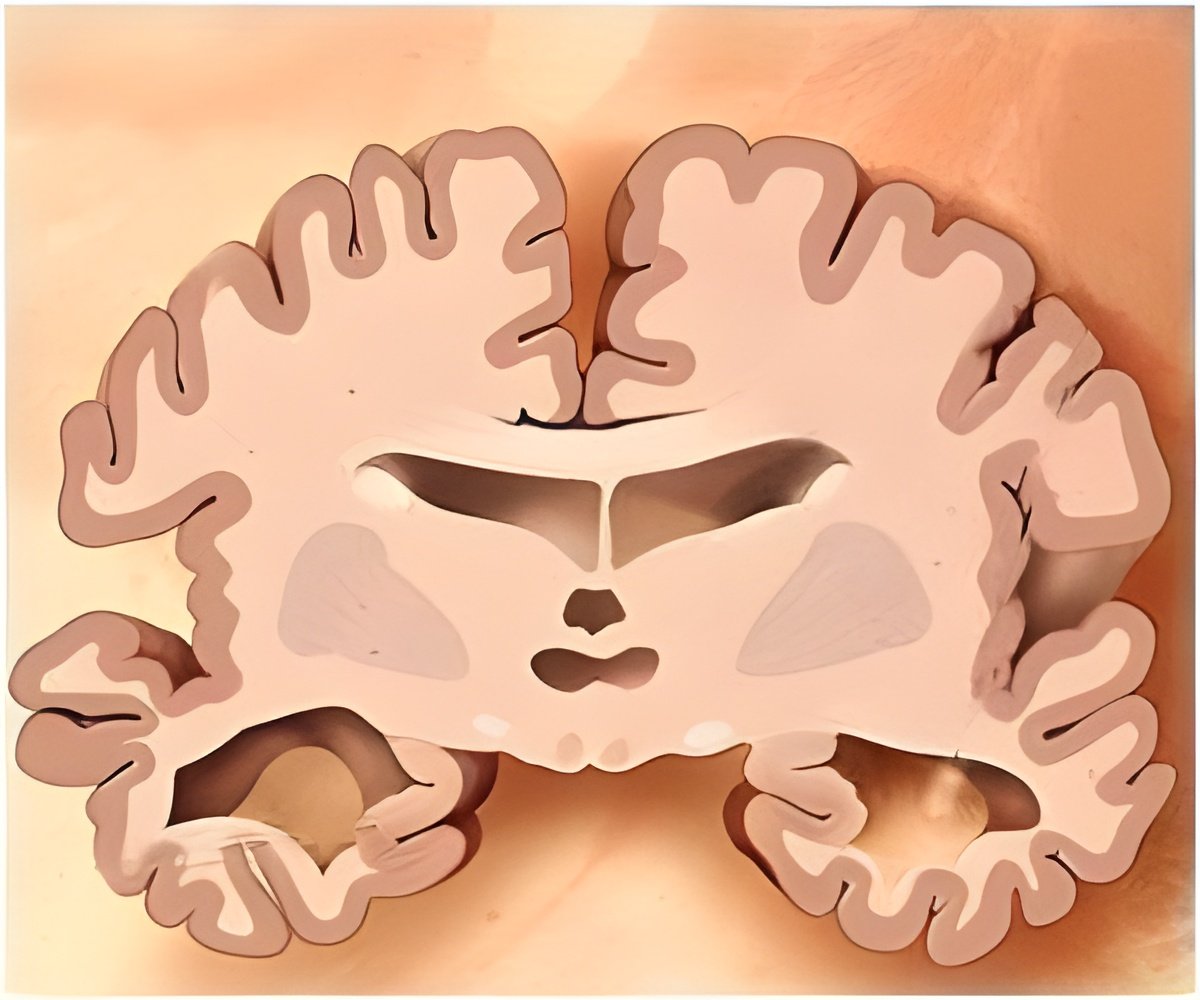
The feat, published in the January 25 online edition of the journal Nature, represents a new and much-needed method for studying the causes of AD, a progressive dementia that afflicts approximately 5.4 million Americans. More importantly, the living cells provide an unprecedented tool for developing and testing drugs to treat the disorder.
"We're dealing with the human brain. You can't just do a biopsy on living patients," said Goldstein. "Instead, researchers have had to work around, mimicking some aspects of the disease in non-neuronal human cells or using limited animal models. Neither approach is really satisfactory."
Goldstein and colleagues extracted primary fibroblasts from skin tissues taken from two patients with familial AD (a rare, early-onset form of the disease associated with a genetic predisposition), two patients with sporadic AD (the common form whose cause is not known) and two persons with no known neurological problems. They reprogrammed the fibroblasts into induced pluripotent stem cells (iPSCs) that then differentiated into working neurons.
The iPSC-derived neurons from the Alzheimer's patients exhibited normal electrophysiological activity, formed functional synaptic contacts and, critically, displayed tell-tale indicators of AD. Specifically, they possessed higher-than-normal levels of proteins associated with the disorder.
With the in vitro Alzheimer's neurons, scientists can more deeply investigate how AD begins and chart the biochemical processes that eventually destroy brain cells associated with elemental cognitive functions like memory. Currently, AD research depends heavily upon studies of post-mortem tissues, long after the damage has been done.
Advertisement
The researchers have already produced some surprising findings. "In this work, we show that one of the early changes in Alzheimer's neurons thought to be an initiating event in the course of the disease turns out not to be that significant," Goldstein said, adding that they discovered a different early event plays a bigger role.
Advertisement
Though just a beginning, Goldstein emphasized the iPSC-derived Alzheimer's neurons present a huge opportunity in a desperate fight. "At the end of the day, we need to use cells like these to better understand Alzheimer's and find drugs to treat it. We need to do everything we can because the cost of this disease is just too heavy and horrible to contemplate. Without solutions, it will bankrupt us – emotionally and financially."
Source-Eurekalert














